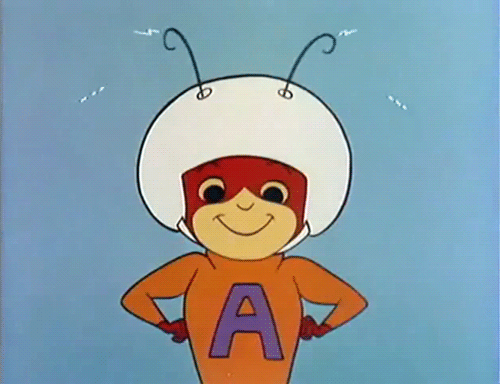Ant colonies are analogous in many ways with human societies and computer systems, operating as a cooperative with the help of innate algorithms. In a Quanta Magazine Q&A, Emily Singer speaks to Stanford biologist Deborah Gordon about how these tiny builders can help us learn how to better assimilate the Information Age’s flood of data. An excerpt:
Question:
How do ant colonies change over time?
Deborah Gordon:
I found that a harvester ant colony’s behavior changes as it gets older and larger. Some aspects of network behavior just depend on size. In harvester ants, individual worker ants (other than the queen) live only a year, so it’s not the ants that get older and wiser, it’s the colony. That’s a puzzle, and it got me thinking about interaction networks, because I was looking for something that the ants could do in the same way but would have a different outcome if there are more ants. For example, I’m an ant, and I follow a rule that says, if I meet another ant at a certain rate, I do x. In a large colony, I might meet more ants. The same rule might have a different outcome if the colony is bigger because the rate of interaction would change.
We’re surrounded by giant networks — the Internet, our brains — so that got me interested in other systems. How does the behavior of a network scale as it gets larger?
Question:
How does it scale?
Deborah Gordon:
Older ant colonies are much more stable than young ones. If you create a disturbance, such as making a mess for them to clean up — I put out little piles of toothpicks — the older colonies eventually ignore the mess and get back to foraging. I think that in these colonies, with large numbers of foragers, the processes that drive them to forage override the response to the mess.•


